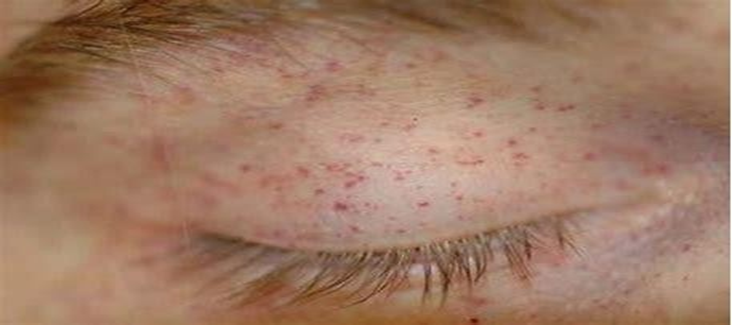A nurse is reviewing risk factors for osteoporosis with a group of nursing students. The nurse should include that which of the following types of medication therapy is a risk factor for osteoporosis?
NSAIDS
Anticoagulants
Cardiac glycosides
Thyroid hormones
The Correct Answer is D
D. Excessive thyroid hormone replacement therapy, leading to hyperthyroidism, can accelerate bone turnover and increase the risk of osteoporosis. Hyperthyroidism can disrupt normal bone remodeling processes, leading to decreased bone mineral density and increased fracture risk.
A. NSAIDs are commonly used to reduce inflammation and relieve pain. While short-term or occasional use of NSAIDs is generally safe, long-term use or high doses of NSAIDs may be associated with an increased risk of osteoporosis and bone fractures.
B. Anticoagulants, such as warfarin and heparin, are medications used to prevent blood clot formation. While anticoagulants themselves are not directly associated with osteoporosis risk, prolonged immobilization due to conditions requiring anticoagulation therapy (such as deep vein thrombosis or pulmonary embolism) can increase the risk of osteoporosis and bone loss due to decreased weight- bearing activity.
C. Cardiac glycosides, such as digoxin, are medications used to treat heart failure and certain cardiac arrhythmias. There is no direct evidence to suggest that cardiac glycosides themselves are a risk factor for osteoporosis.
Nursing Test Bank
Naxlex Comprehensive Predictor Exams
Related Questions
Correct Answer is B
Explanation
B. Alcohol consumption, especially beer and spirits, is associated with an increased risk of gout attacks as it can elevate uric acid levels in the body. Limiting alcohol intake can help prevent gout attacks.
A. While adequate hydration is important for overall health, limiting fluid intake to 1 liter per day may not be appropriate, especially considering that hydration can help prevent gout attacks.
C. While aspirin is commonly used for pain relief, it is not typically recommended for gout management.
D. High-purine foods such as red meat, organ meats, and certain seafood can exacerbate gout symptoms by increasing uric acid levels in the body. Therefore, closely following a high-purine diet would likely worsen gout symptoms rather than improve them.
Correct Answer is D
Explanation
D. Petechiae, which are small red or purple spots caused by bleeding under the skin, are a classic manifestation of fat embolism syndrome. They typically appear on the upper chest, axilla (armpit), and conjunctiva of the eyes. Petechiae result from the occlusion of small blood vessels by fat globules, leading to microvascular bleeding.

A Paresthesia distal to the fracture site is not a typical manifestation of fat embolism syndrome. Instead, paresthesia may suggest nerve compression or injury related to the fracture itself rather than fat emboli.
B Fever is not a specific manifestation of fat embolism syndrome. While fever can occur with various types of infections or inflammatory conditions, it is not a hallmark symptom of fat embolism.
C Swelling of the calf can occur with conditions such as deep vein thrombosis (DVT), which is a potential complication of lower limb fractures. However, it is not a typical manifestation of fat embolism syndrome.
Whether you are a student looking to ace your exams or a practicing nurse seeking to enhance your expertise , our nursing education contents will empower you with the confidence and competence to make a difference in the lives of patients and become a respected leader in the healthcare field.
Visit Naxlex, invest in your future and unlock endless possibilities with our unparalleled nursing education contents today
Report Wrong Answer on the Current Question
Do you disagree with the answer? If yes, what is your expected answer? Explain.
Kindly be descriptive with the issue you are facing.
